Much like some of the other basic nutrition topics we’ve been covering recently, I know for many of you, this information on Why to Choose Grass-fed Meat, it may be old news. Feel free to skip on by and wait for the next post, but if this information is new to you or you want a refresher or to learn more, I got you. As you have heard me say, time and time again, every day, every single day, I encounter people outside my little sheltered food/nutrition bubble, who haven’t yet received this information and knowledge that many of us take for granted, being deeply rooted in our daily food choices for some time. Rather than assuming that everyone already knows this stuff, I would rather create simple posts that are easily accessible to them/you to share, inform and empower you with the knowledge to make better decisions for you and your health.
Nutrition
Not all meat is created equal. But, I am sure most of you know that at this point. As you also know from recents posts here on Tasty Yummies, fat can absolutely be an incredibly nutrient rich part of your diet, but this same macronutrient when of the wrong variety, can also cause numerous diseases, inflammation, digestive issues and more. The diet of the animals we eat, can greatly change the fat in it’s tissues (and consequently the meat that we eat), among other nutritional differences. According to a study 1http://www.csuchico.edu/grassfedbeef/research/Review%20Grassfed%20Beef%202010.pdf conducted by California State University’s College of Agriculture, grass-fed beef nutrition includes significantly more omega-3 fatty acids (2 to 4 times more yhan grain-fed) and more conjugated linoleic acid (CLA) than grain-fed beef. The ratio of omega-3 to omega-6 in grain-fed meat is much worse than grass-fed and it’s not because the omega-6 content of beef fat skyrockets with grain feeding; it is however because the omega-3 content is basically nonexistent in the grain-fed animals. Due to the modern, standard American diet (SAD), many people are highly omega-3 deficient and therefore the ratio to bad omega-6 fats is severely imbalanced due to it’s prevalence in a SAD, which can lead to a chronic exacerbated inflammatory response, a general state of systemic inflammation, and the development of the various diseases with an inflammatory root.
Conjugated Linoleic Acid of CLA is a strong polyunsaturated fatty acid that must be obtained from our diets. CLA has been shown to discourage weight gain and build muscle, as well as support metabolic and cellular health by helping to transport fatty acids into the mitochondria and boost immune health. It has even been shown to lower the risk of cancer. 2https://www.ncbi.nlm.nih.gov/pubmed/15941017 High-quality grass-fed beef and butter from healthy, grass-fed cows or other animals are the top sources of CLA.
Grass-fed beef, is also one of the best protein foods around, is also higher in precursors for vitamin A and E and cancer and heart disease-fighting antioxidants compared to grain-fed beef. It is also higher in B vitamins, vitamin K and trace minerals like magnesium, calcium, and selenium. Grass-finished beef has higher proportions of cholesterol neutral stearic fatty acids and less cholesterol-elevating short chain fatty acids, such as myristic and palmitic acid. Grass-fed meat truly shines in the micronutrient profile for one major reason: Grass-fed cows get more nutritious food.
Ideally these animals are grass-fed for their whole life. Only exclusively grass-fed cows live out their entire lives on grassland. The rest may start their lives on open pasture and are then eventually moved to a feedlot. Often meat being sold as “grass-fed” is an animal that was fed grass for a short time, early in it’s life, but finished with grain, to increase weight gain, to fatten them up and reduce costs and increase profitablity. Just 80 days of grain feeding was enough to destroy the omega-3 content of the beef. CLA content plummeted in the same amount of time. The longer the animals were fed grains, the lower the quality of the meat. This is one of the many reasons that 100% grass-fed or grass-fed and grass-finished should be sought out.
Read more about the cost of grass-fed meat and how the labeling of grass-fed animals can be downright deceitful. While the FDA no longer governs this label claim, you should still look for it and additionally look for seals such as American Grassfed or PCO Certified 100% GrassFed for assurance that the claim was verified and means the animals were 100% grass fed and raised on pasture. You can also look for The Certified Grassfed by AGW seal. 3http://greenerchoices.org/2016/12/30/grassfed-general-claim/ Even more reasons to get to know your farmer or rancher and ask the important questions directly to the person that actually knows. As Michael Pollan says “shake the hand that feeds you“!
Life on the Feedlot
Beef cattle, bison, lamb, sheep and dairy cows are all ruminant animals and their digestive systems have evolved to exclusively digest high-fiber and varying low-starch grasses. While many beef and bison will begin their life roaming the range and grazing on grasses, most will finish their life on terrifying concentrated animal feeding operations (CAFOs), that is not only torture to the animals and their health, but it severely impacts the environment, the nutritive quality of the meat, all of which in turn affects our health. They are confined to as little as 23 square feet per animal. The space they inhabit has ZERO vegetation and they are standing in mud and manure.
This is the brutal truth of our modernized industrialized factory farming system. These animals are not only forced to be confined and overcrowded, they are eating foods not natural to them, corn and soybeans, etc, they are being fed whatever will fatten them up and yield the most profits.
Often these animals get ill, with gastrointestinal disorders, liver abscesses, ulcers, infection, etc, which are common due to the acidic an acidic environment in the cows’ digestive tract from poor diets loaded with grains. They are then treated with antibiotics or hormones, fed by way of the foods that got them sick in the first place.
In addition, cattle may be fed a variety of other substances to fatten them up. They include candy (such as gummy bears, lemon drops, and chocolate) to boost their sugar intake and plastic pellets to substitute for the fiber they would otherwise get from grass. Cattle feed can also contain parts of slaughtered hogs and chickens that are not used in food production, and dried manure and litter from chicken barns.4https://www.consumerreports.org/cro/food/how-safe-is-your-ground-beef
As it Should Be – For Them and Us
The best way to avoid these illnesses and the horrible treatment of these animals is the promotion of healthy animals eating a species-appropriate diet of grass and forage. When ranchers are practicing holistic, planned grazing, raising their livestock on pasture, as nature intended, the animals live much more quality lives with much lower levels of stress, which produces meat that is much more rich in micronutrients, it is leaner and a great source of healthy fats.
Meat from farms that employ and practice traditional, holistic grazing methods are not only good for us, but also for the animals, the environment and the farmers. When allowed to roam and graze freely, these animals help to improve soil quality and the diversity of the plants in the areas of pasture that they graze.
It’s Safer for You
Beef from conventionally raised, factory farmed or CAFO cows are much more likely to have bacteria overall, as well as bacteria that are resistant to antibiotics, than beef from sustainably raised cows that are fed pasture. Consuming grass-fed meat reduces your risk of food poisoning and exposure to antibiotic-resistant bacteria 5https://www.consumerreports.org/cro/food/how-safe-is-your-ground-beef.
It’s Safer for the Environment
Research now shows that traditional grass-based beef production and finishing, actually benefit the environment by decreasing greenhouse gas emissions, increasing biodiversity of pasture ecosystems and improving quality of run-off water from well-managed pastures. Overall, grass-fed beef has actually been shown to reduce the carbon footprint and help the environment rather than hurt it, as some people misconceive. 6http://smallfarms.oregonstate.edu/sfn/su12cfootprint
How to Choose Your Meat
It’s important to not only know where your meat is coming from, but how it is raised. Choosing meat that is both grass-fed AND organic is obviously ideal, but it’s also important to note these terms are definitely not synonymous. Grass-fed does not equal organic, and organic does not equal grass-fed. It’s absolutely possible that grass-fed cows roaming pasture are consuming synthetic fertilizers and herbicides used on the grass they are eating. So, if you really want to get the cleanest, most natural meat possible, buying organic, grass-fed is definitely the way to go.
It’s also very important to note that there are lots of farmers who raise their cows organically and grass-fed but just can’t afford the organic certification to be able to put it on their website and on their packaging. So this is another reason it’s crucial that ask the questions, do the research and educate yourself about where your food comes from. It’s also important to ask/inquire if the meat is grass-fed AND grass-finished or 100% grass-fed. For the reasons mentioned above.
If you are purchasing from a grocery store, do your homework and be sure the comany is trustworthy, reliable and you believe to be an honest source of true grass-fed meat.
We choose to get our meat from Diamond Mountain Ranch, the animals they raise include chicken, turkey, pork, beef, rabbits, lamb, yak, goat and their specialty: Bison. All of their animals graze freely on Nutrient-Dense Wild Grasses beneath gorgeous sunshine and crystal-clear skies, all of their environmentally-conscious ranchers practice holistic methods of ecologically humane animal husbandry that gives their robust livestock the dignity and respect they deserve. No steroids, hormones, antibiotics, or injections of any kind are ever used on their humanely-raised animals—nor is their natural diet of tender grass ever supplemented with grain, corn or soy.
Another great option for grass-fed meat if you are unable to find it from a local rancher or farm, is Butcher Box. 100% grass-fed and grass-finished, delivered right to your door.
I, of course, highly recommend seeking meat grown by farms in your area. We should all be seeking food grown closer to our home, at our home and in our own bioregion. This means enjoying and celebrating seasonality and reacquainting ourselves with our community and our home kitchens.
Photos of the animals and farm, courtesy of Diamond Mountain Ranch.
References
| 1. | ↑ | http://www.csuchico.edu/grassfedbeef/research/Review%20Grassfed%20Beef%202010.pdf |
| 2. | ↑ | https://www.ncbi.nlm.nih.gov/pubmed/15941017 |
| 3. | ↑ | http://greenerchoices.org/2016/12/30/grassfed-general-claim/ |
| 4, 5. | ↑ | https://www.consumerreports.org/cro/food/how-safe-is-your-ground-beef |
| 6. | ↑ | http://smallfarms.oregonstate.edu/sfn/su12cfootprint |
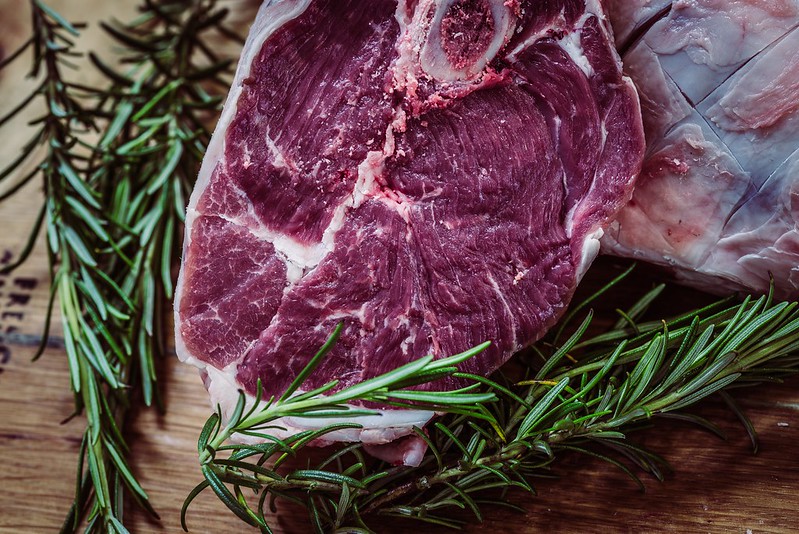
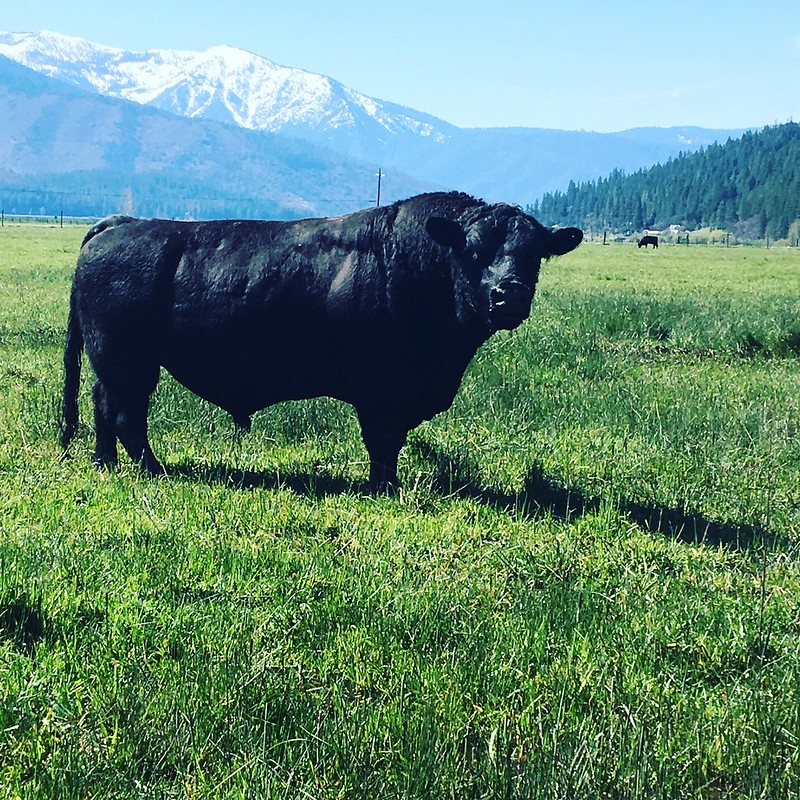
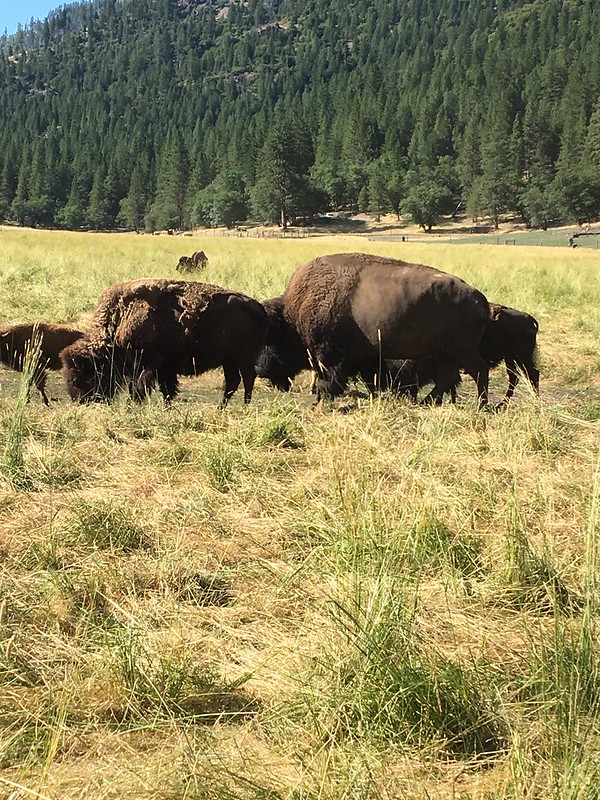
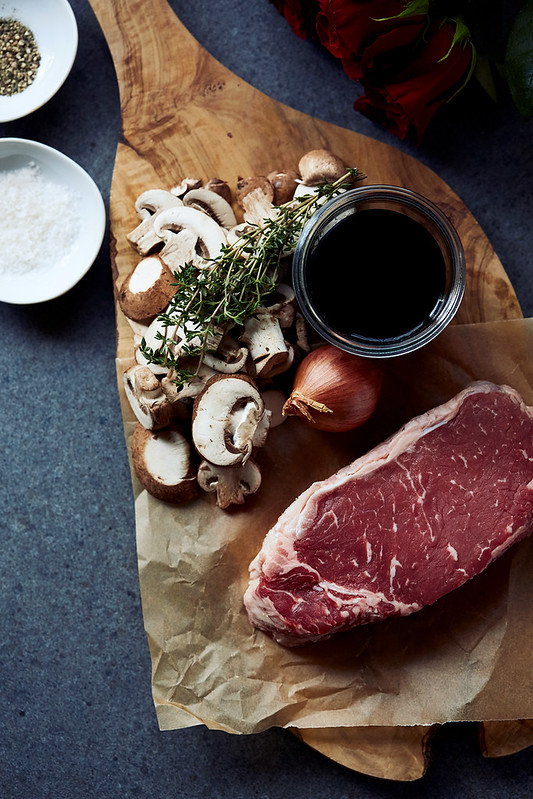
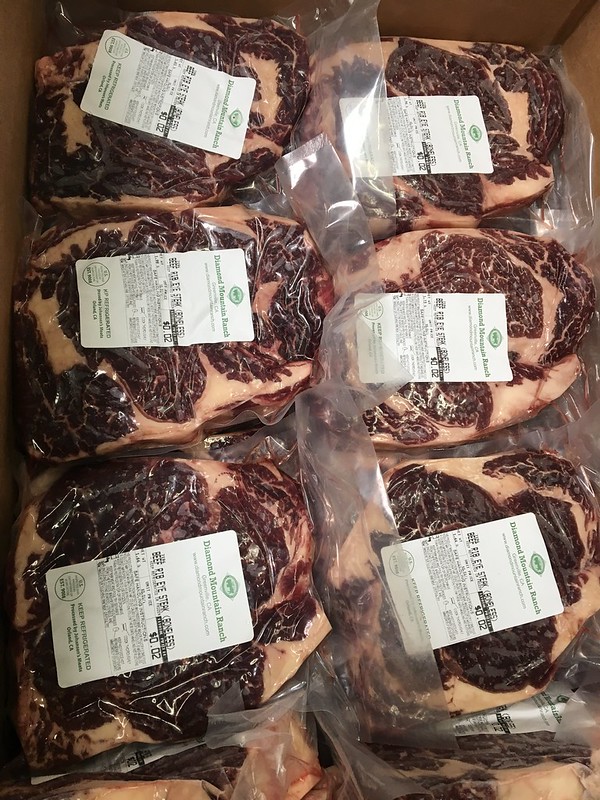

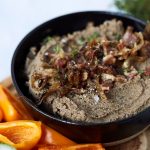

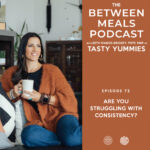







One Response
Great and enlightening information – thank you